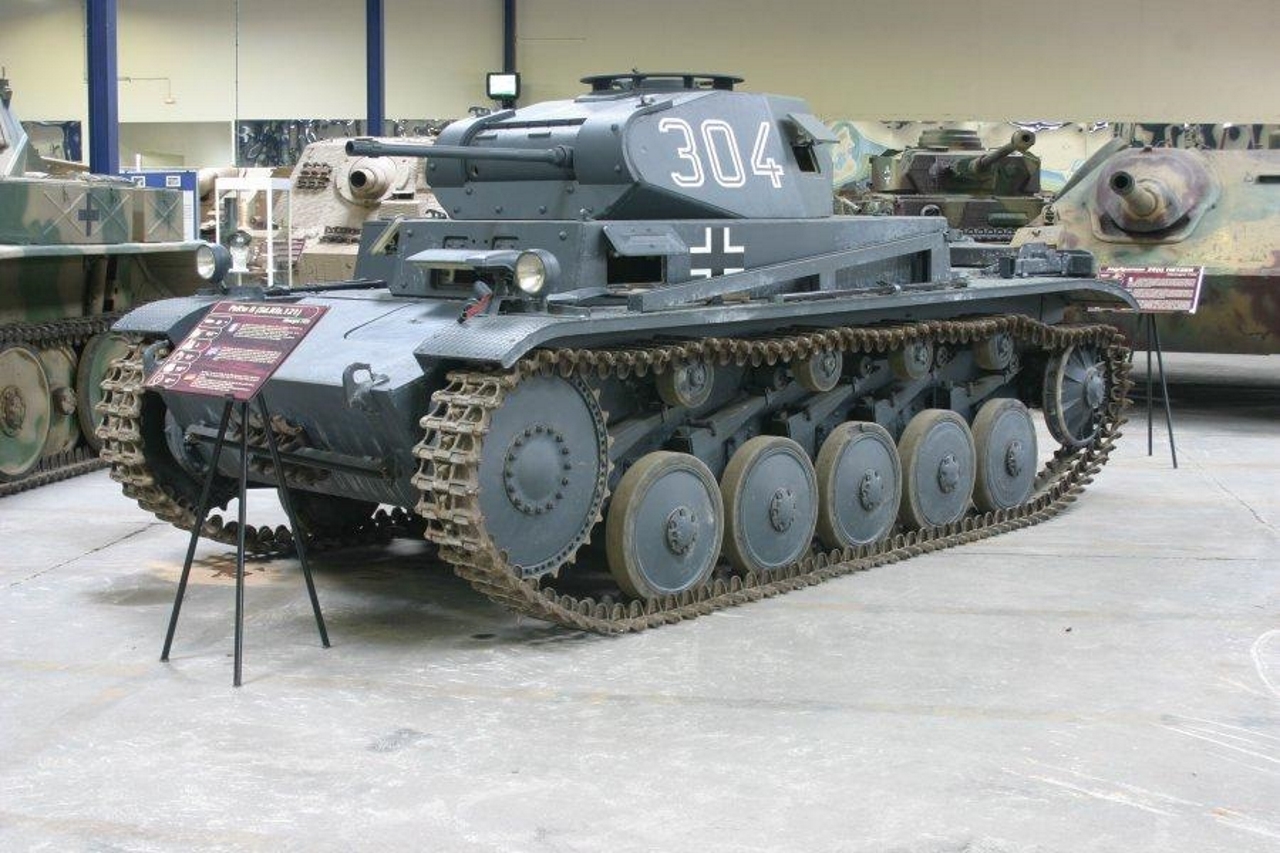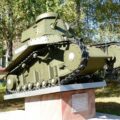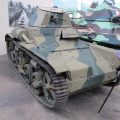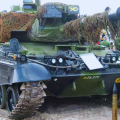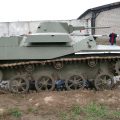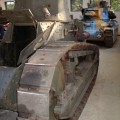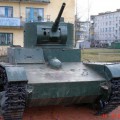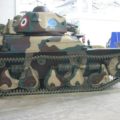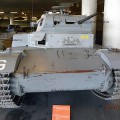2007 Panzer II is the common name used for a family of German tanks used in World War II. The official German designation was Panzerkampfwagen II (abbreviated PzKpfw II).
Although the vehicle had originally been designed as a stopgap while larger, more advanced tanks were developed, it nonetheless went on to play an important role in the early years of World War II, during the Polish and French campaigns. The Panzer II was the most numerous tank in the German Panzer divisions at the beginning of the war.[2] It was used in both North Africa against the Western Allies and on the Eastern Front against the Soviet Union.
Allikas: Panzer II Vikipeedias
Lisainfo:
2007 Panzer II was a light tank developed by Nazi Germany in the 1930s. It was intended to be a temporary design until more advanced tanks could be produced, but it remained in service throughout World War II. The Panzer II was armed with a 20 mm autocannon and a 7.92 mm machine gun, and had a crew of three. It had a maximum speed of 40 km/h and a range of 200 km.
The Panzer II participated in the invasions of Poland, France, the Soviet Union, and North Africa, as well as in other battles and campaigns. It was gradually replaced by more powerful Tankid such as the Panzer III and IV, but some variants continued to be used for reconnaissance, artillery observation, and anti-aircraft roles until the end of the war.
